Nearly 90 percent of the 200 cities beset by the world's highest levels of deadly micro-pollution are in China and India, with most of the rest in Pakistan and Indonesia, researchers reported Tuesday, SIA reports referring to foreign media.
Taking population into account, Bangladesh emerged as the country with the worst so-called PM2.5 pollution, followed by Pakistan, Mongolia, Afghanistan and India, according to the 2019 World Air Quality Report, jointly released by IQAir Group and Greenpeace. China ranks 11th.
Particulate matter of 2.5 microns or less in diameter roughly 1/30 the width of a human hair – is the most dangerous type of airborne pollution. Microscopic flecks are small enough to enter the bloodstream via the respiratory system, leading to asthma, lung cancer and heart disease.
Among the world's megacities of 10 million or more people, the most PM2.5-toxic in 2019 was the Indian capital New Delhi, followed by Lahore in Pakistan, Dhaka in Bangladesh, Kolkata in India, Linyi and Tianjin in China, and Jakarta, Indonesia. Next on the list were Wuhan – epicentre of the new coronavirus outbreak – along with Chengdu and Beijing. The IQAir report is based on data from nearly 5,000 cities worldwide.
Most of the seven million premature deaths attributed by the World Health Organization (WHO) to air pollution are caused by PM2.5 particles, which originate in sandstorms, agriculture, industry, wildfires and especially the burning of fossil fuels.
Bütün xəbərlər Facebook səhifəmizdə



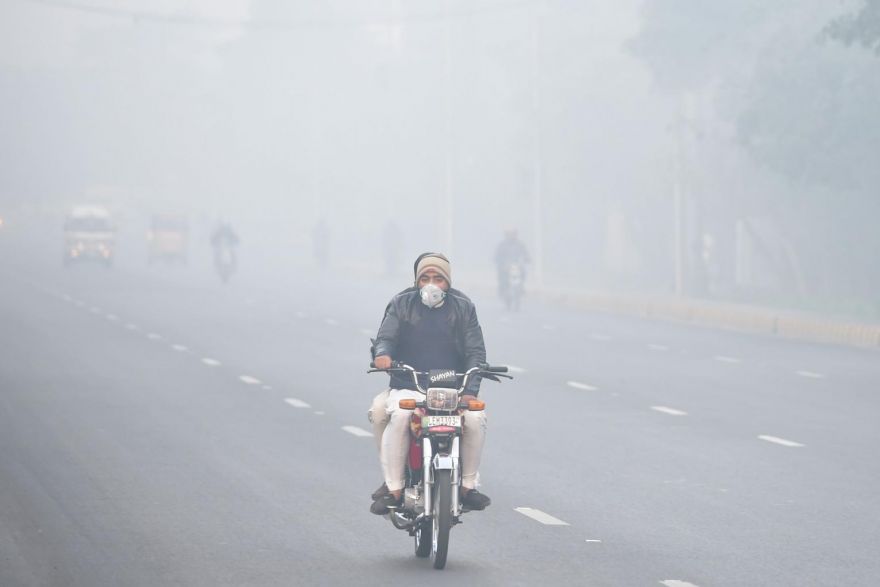
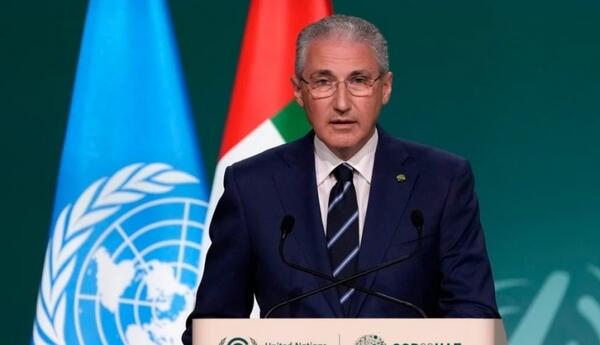


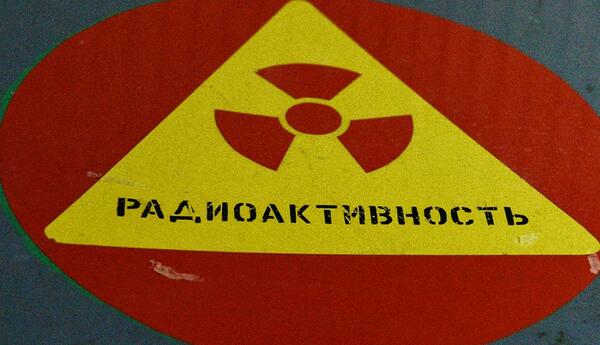





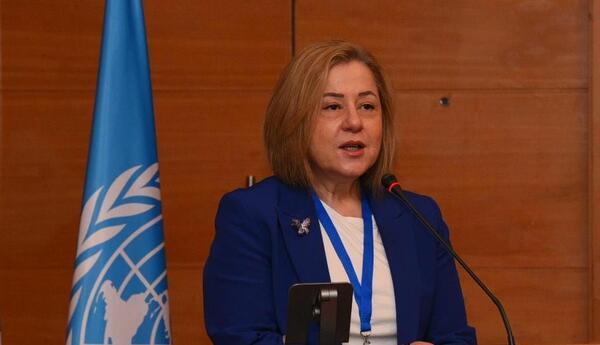
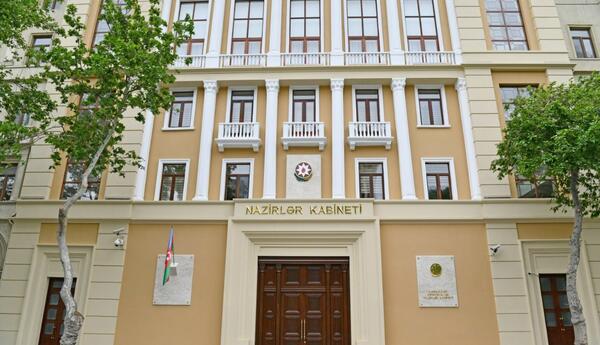














 USD
USD
 EUR
EUR
 GBP
GBP RUB
RUB